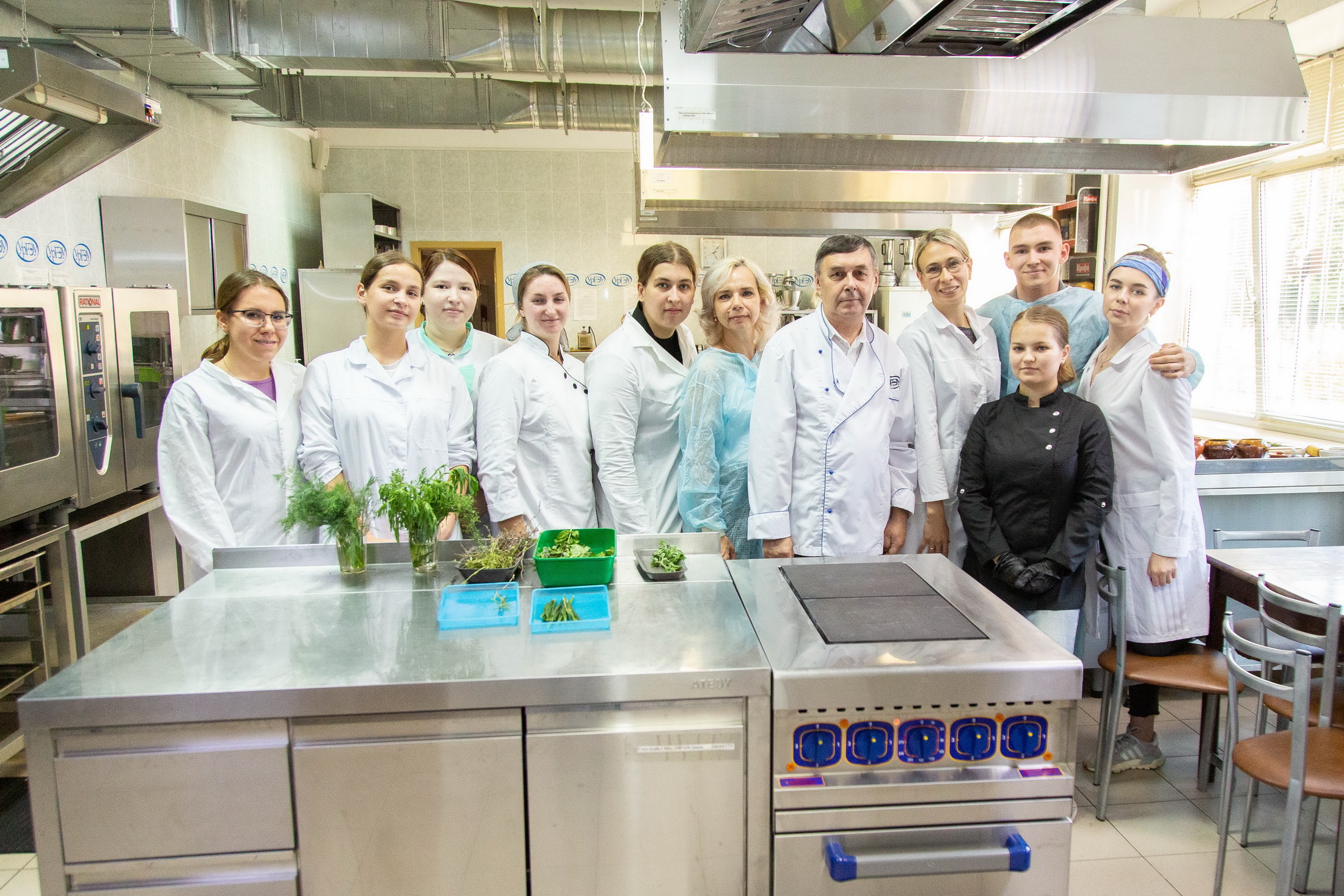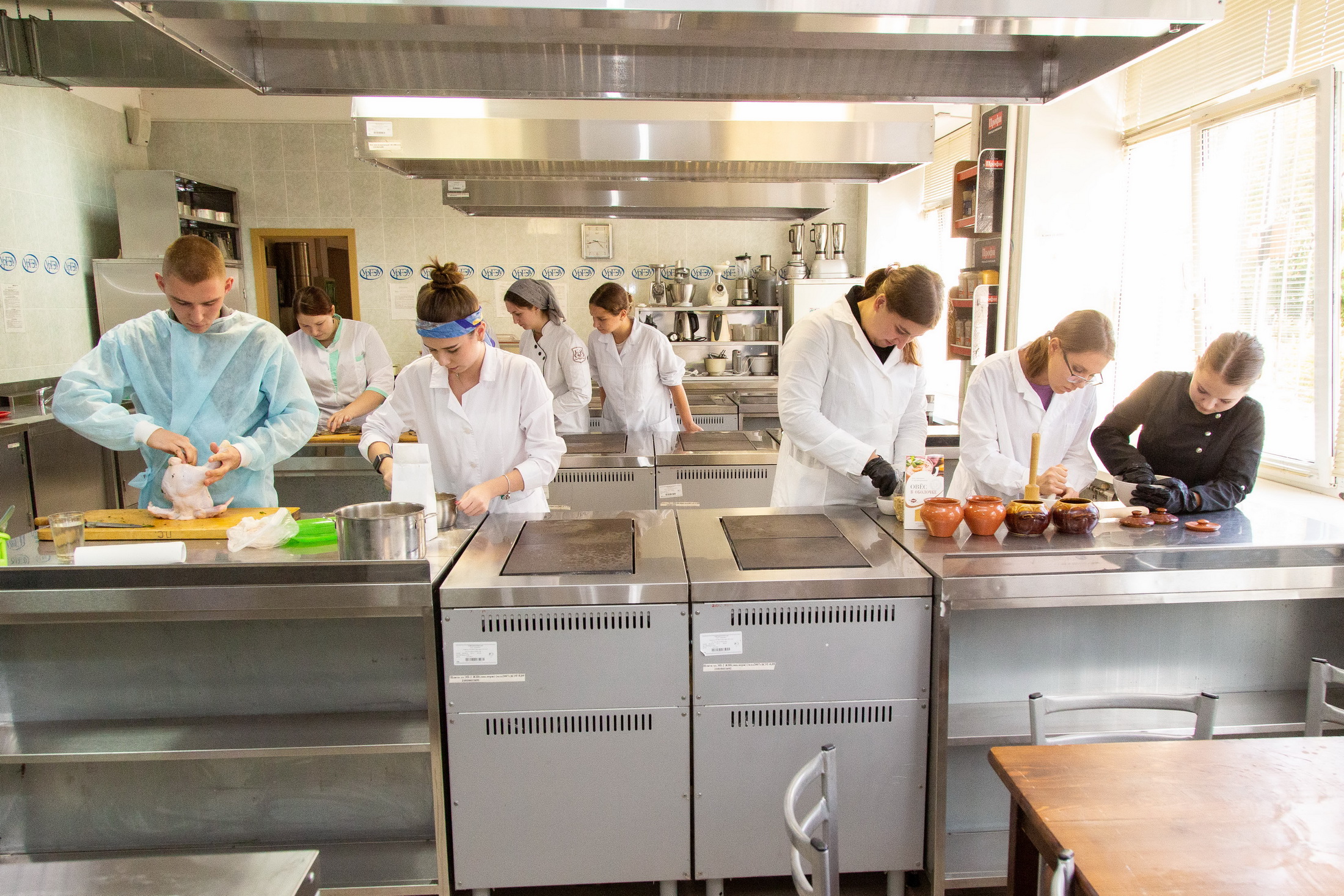 See other releases of corporate mass media
See other releases of corporate mass media
Late Paleolithic cuisine
Students of the USUE Department of Nutrition Technology attended a lecture on the evolution of human taste preferences from ancient times to the present day and took part in a master class on cooking dishes from the diet of people who had lived 40,000 years ago.

Food has had a tremendous impact on human evolution. The consumption of meat and fish made the brain increase in volume, but they also needed vitamins for its development. Ancient people received them along with plant-based foods. Of course, they did not know what vitamins, proteins, fats, or carbohydrates were. Moreover, they did not even distinguish tastes - only smells - so they ate everything that attracted their olfactory receptors. That’s what Konstantin Lazutkin, an Ural writer and publicist, author of several books on healthy food, was telling to students.


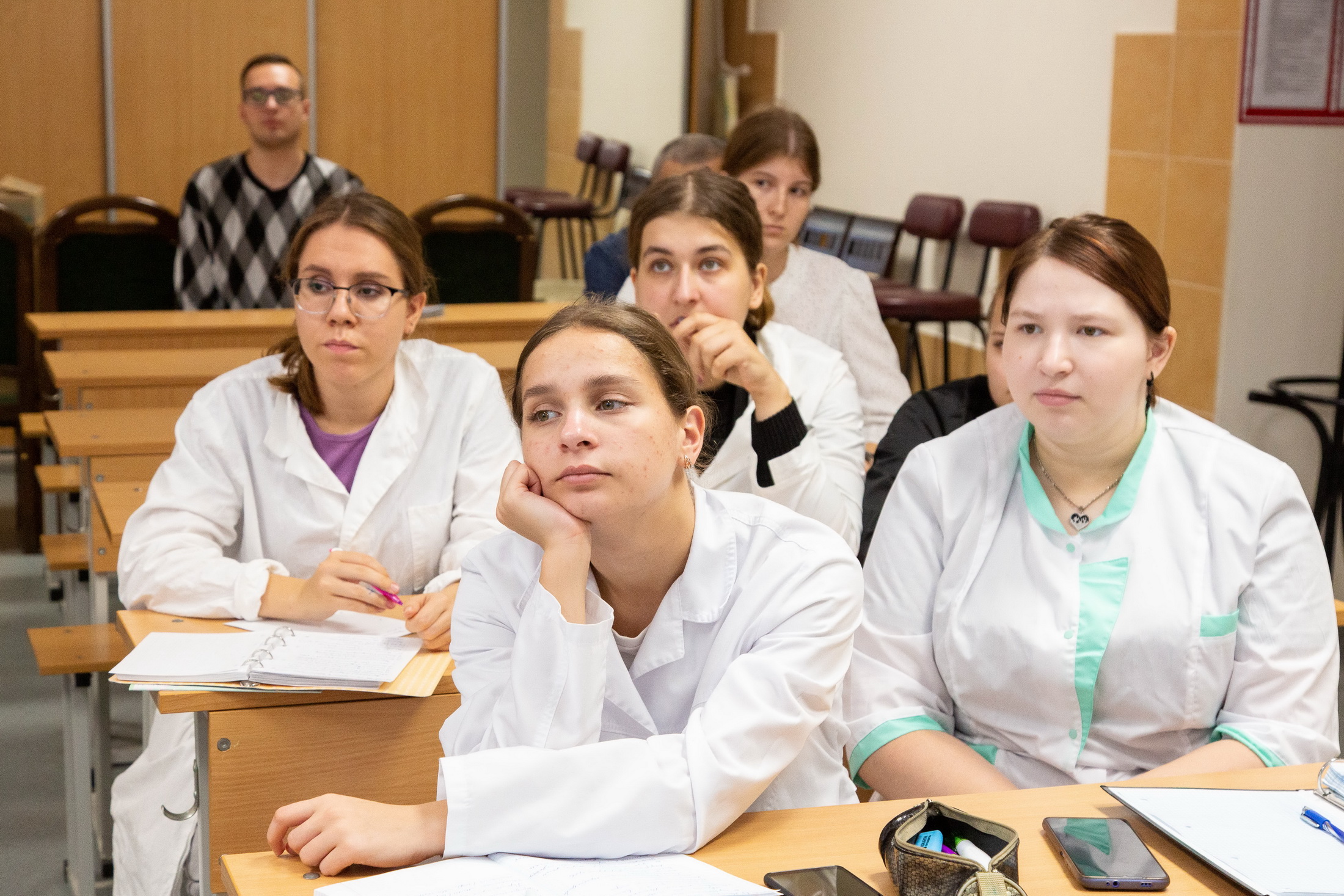

The information that even in primitive times people were engaged in the fermentation of products seemed especially interesting to future technologists. And millennia later, people continue to use these technologies.
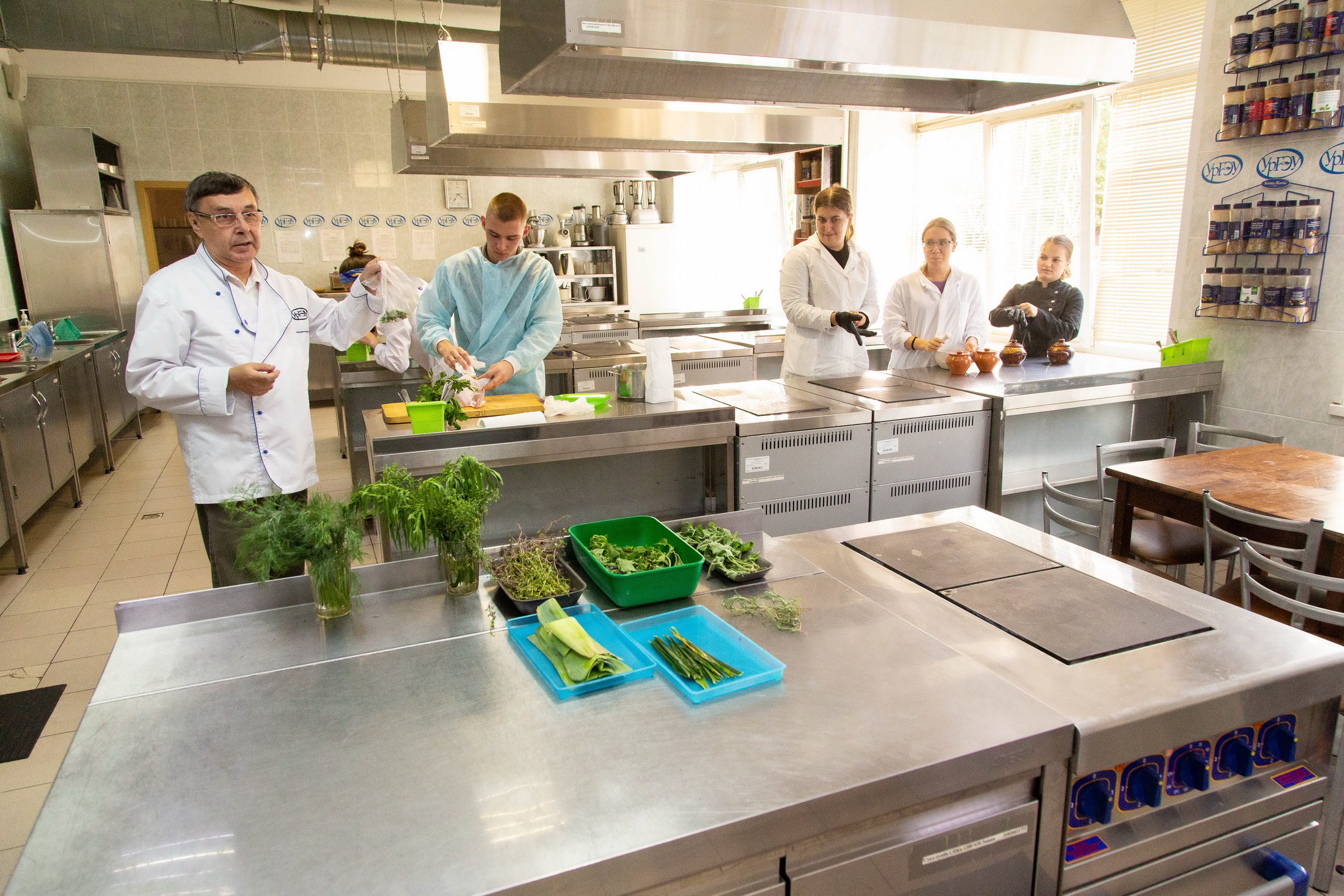
“A fermented product is a product resulting from fermentation. As soon as a man understood how to preserve food, cooking was born. It all started with the fact that a man began to bury food in the ground to use it as a reserve. The Swedes, for example, still eat what everyone usually throws away - rotten herring, and moreover, they consider fermenting herring a delicacy,” Konstantin Lazutkin said.
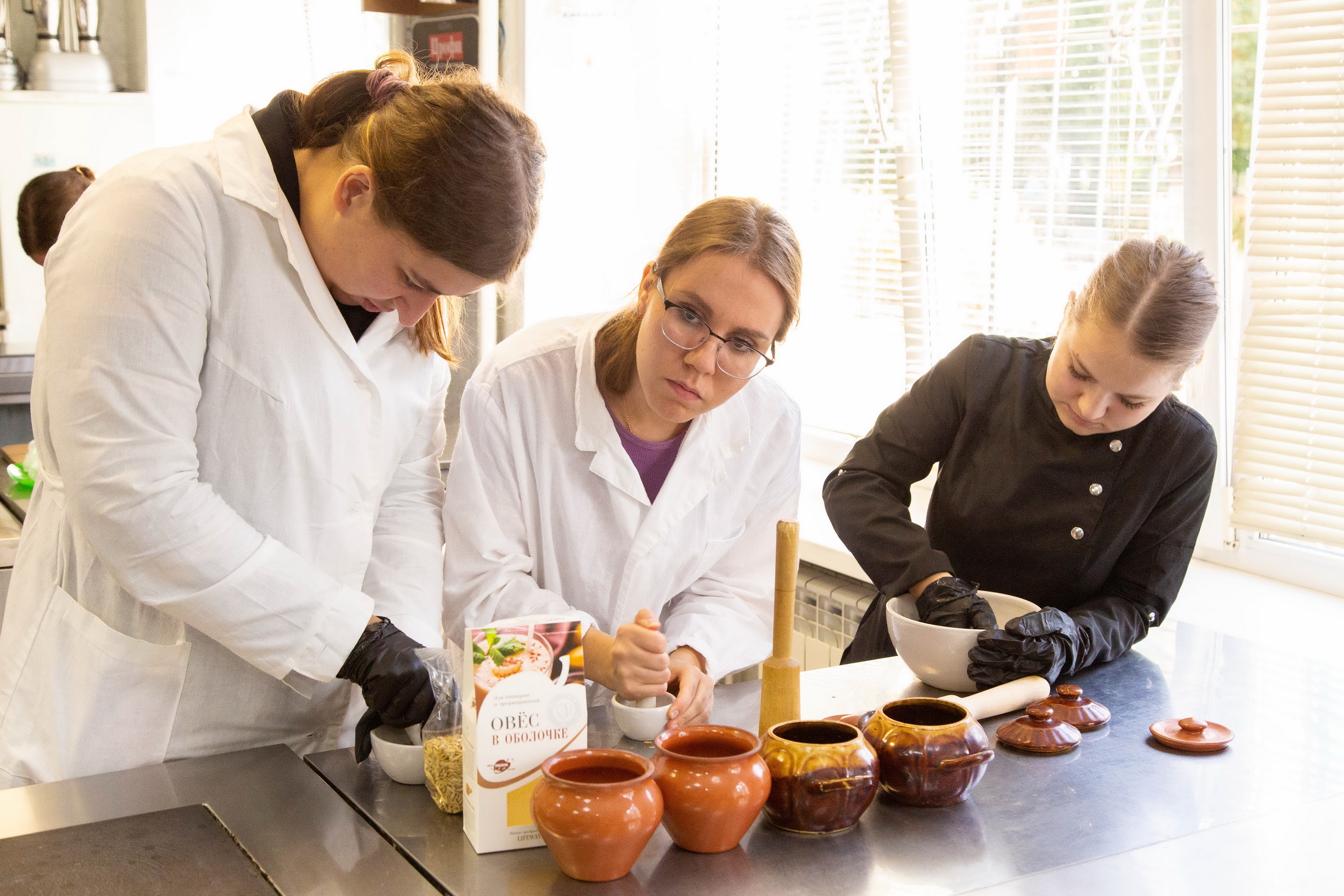

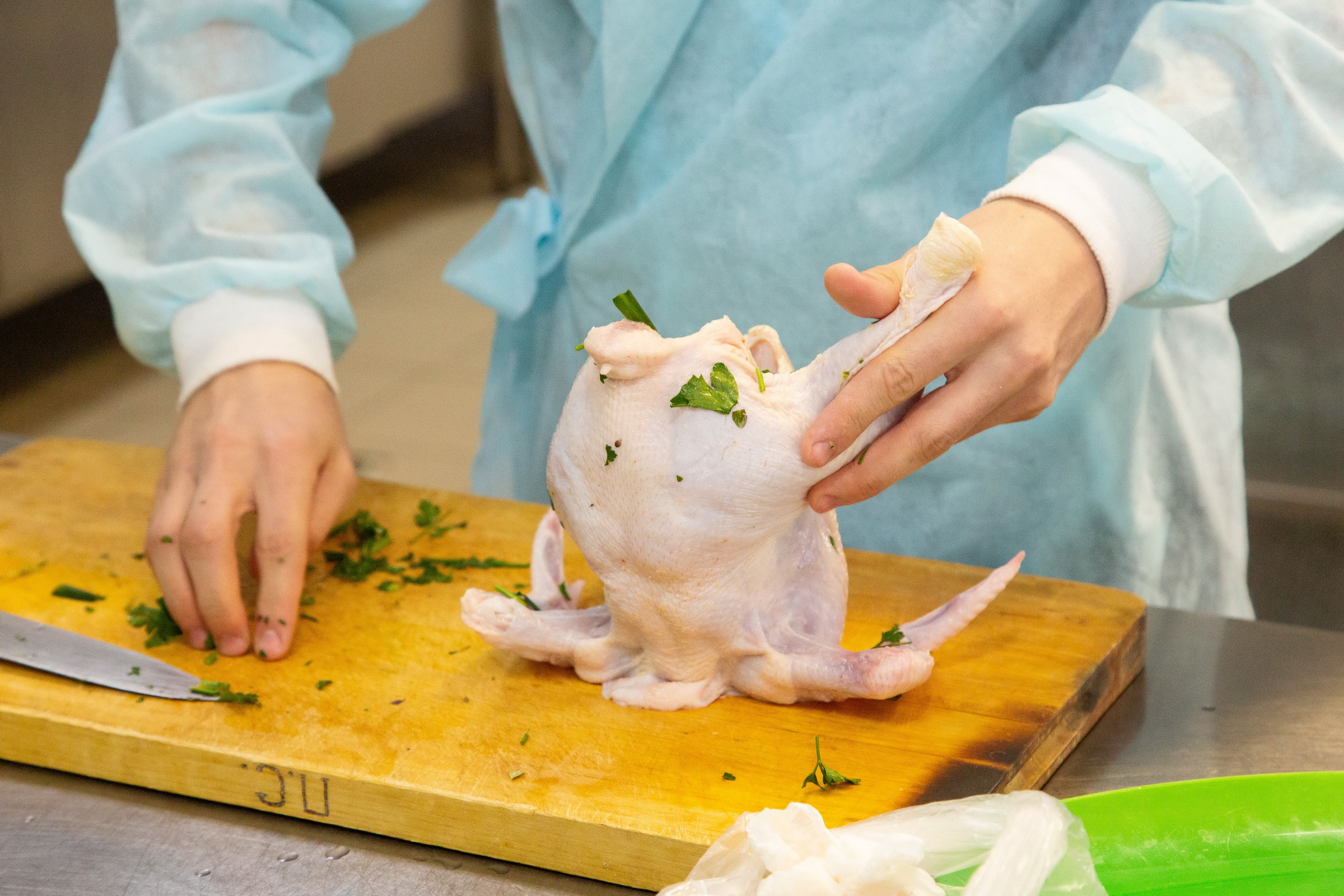

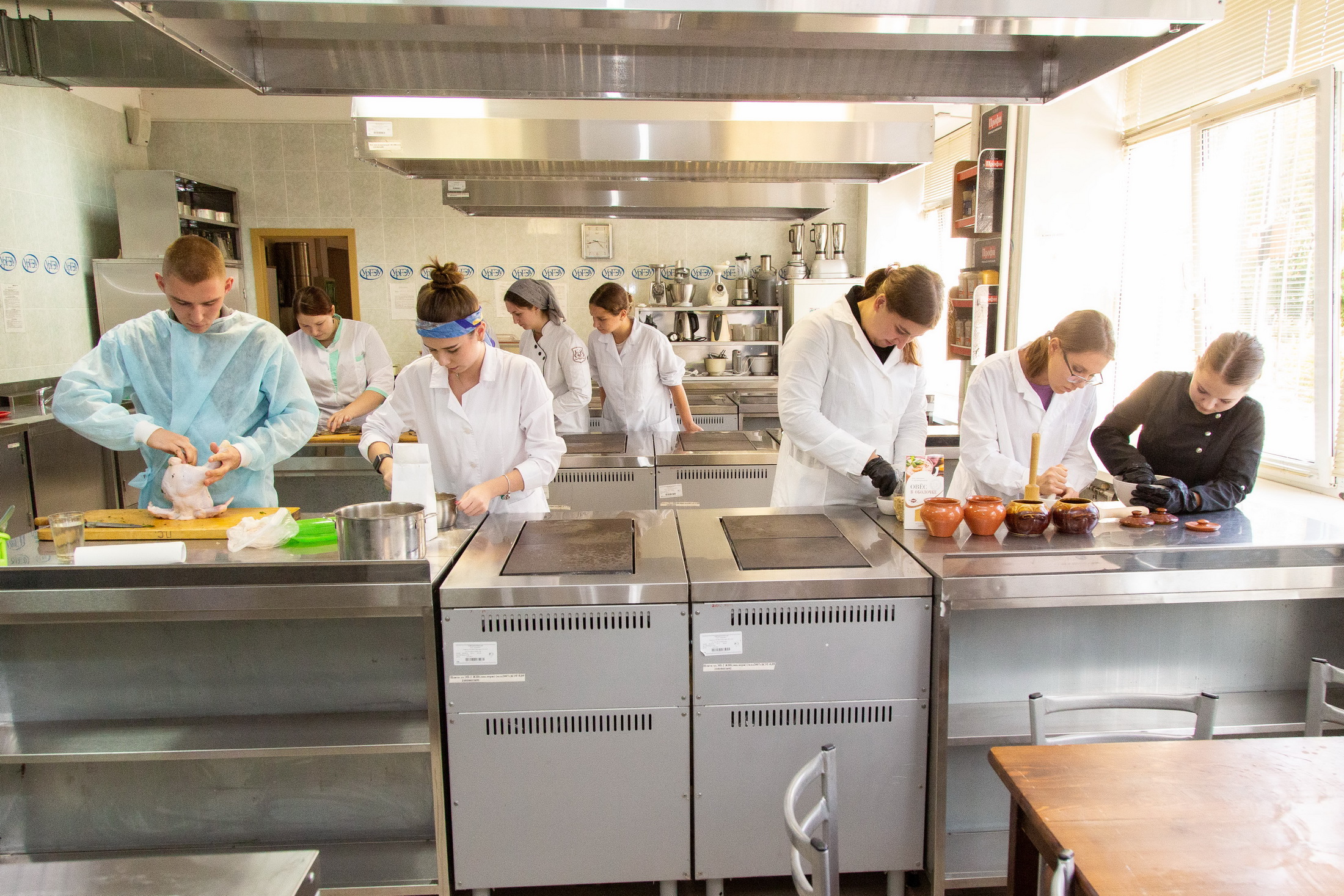

After the lecture, the students cooked what people had eaten in the late Paleolithic era. The publicist Konstantin Lazutkin explained and the boys and girls cooked: they covered raw fish with salt water mixed with spices (soy sauce was perfect), carefully wrapped chicken in dough (there was no clay in the laboratory of culinary arts) and then baked it, and mashed oats for prehistoric kissel.
